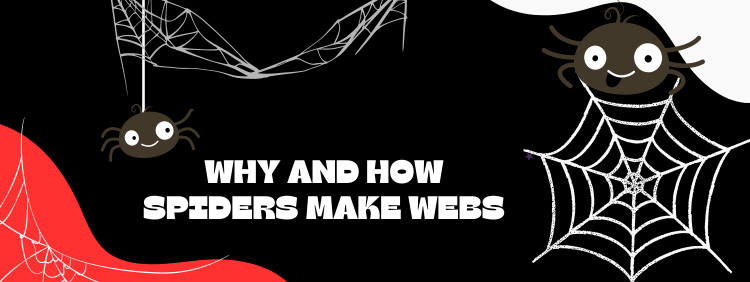Residential Pest Control: Why Do Spiders Weave Webs?

Have you ever watched a spider building a web? The intricate layout of glimmering silk is mesmerizing, especially watching the arachnid move deliberately and methodically. While you may not want spiders around your house, you cannot deny the beauty in their ability to design an intricate trap. Sure, spider control services might be on your list of things to do after watching the amazing show, but you might also have a nagging question: Why do spiders weave webs, and how do they know how to do it?
Spider Control 101: Understanding Webs
Spider webs are elaborate. Still, not all spiders weave webs. Some arachnids hunt their prey, leaping on them and injecting venom to neutralize them. Other spiders create sticky nets that they throw onto their target to trap them. Some even dig out holes with top hatches and lay in wait until prey gets close enough; then, they leap out and grab it.
All that said, spider webs are only one characteristic of a diverse species, but the silk masterpieces are intriguing. Discover the types, mechanics, and purposes of webs.
Different Types of Webs
Web builders do not all create the stereotypical Halloween spiderweb design. The classic web design is a spiral orb web, typically found outside in the trees. While spiders often lurk on these webs, towards the corners or in the center, you won’t need spider control unless they are all over your house.
Funnel webs are also common and found outside in plant beds or between rocks. The web is laid horizontally with a funnel leading to the spider’s burrow.
Homeowners often find cobwebs in their houses. While some people believe the webs result from dust, spiders build cobwebs. The Theridiidae family of spiders, which includes the black widow, rely on the sticky mess of a web to catch dinner.
The Mechanics of Web Building
The creation of a spider web is a relatively repetitive process. It begins with an anchor point. The spider releases a silk thread and attaches it to an object like a branch or door frame. The initial path of the spider and how many anchor points it creates depends on the web it is designing. By examining the webs, spider control services can often tell you what family of arachnids you’re dealing with.
The spider goes back and forth or around and around until it completes the design. Each new pass makes the web stronger and elaborates on the pattern.
Despite the innate beauty of the design, spiders likely don’t care what the web looks like; they are only creating a tool. The design and building method is entirely instinctual, which makes it even more impressive.
The Purpose of Webs
The primary purpose of a spider’s web is to catch prey. The web is made of sticky silk in radial and orb lines, creating a type of net. When an insect, such as a fly, collides with the web, it gets stuck. The spider then uses its fangs to inject venom that kills or paralyzes the insect. While the hunting method is unique, some homeowners don’t like the show. Homeowners can contact a spider control service, such as Truly Nolen, to remove webs and treat their property to prevent spider infestations.
How To Control Spider Populations
Controlling spider populations outside is challenging and not advisable. Spiders are nature’s pest control and do a tremendous job of keeping pesky insects at bay. Still, if spiders become too comfortable, they can enter your home. A pest control service can treat your property to guard against infestations.
Spider Control Services
Having spiders in your home can often create discomfort and fear for some individuals. That’s where Truly Nolen comes in to save the day! Our services offer effective and safe methods to keep spiders out of your home. We understand the importance of keeping your home spider-free and our trained professionals are equipped to handle any spider infestation. So why live in fear of unwanted guests taking residence in your home? Contact Truly Nolen today for the best spider control services near me.